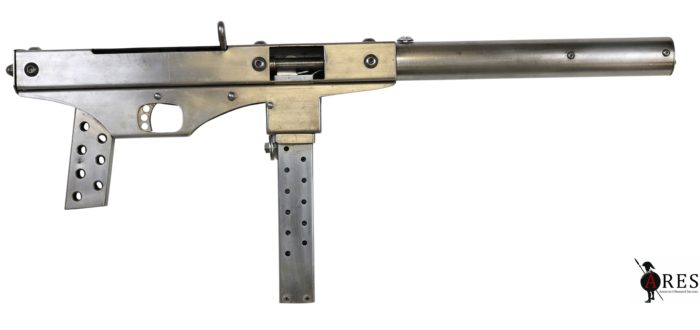ARES director N.R. Jenzen-Jones and research G. Hays have authored a new report, released yesterday by the Small Arms Survey. The report, Beyond State Control: Improvised and Craft-produced Small Arms and Light Weapons, provides an overview of the nature and scale of production of these types of weapons, as well as assessing acquisition and use patterns, and summarising key implications for law enforcement and policy.
Although the number of craft-produced small arms and light weapons is difficult to estimate, they are prevalent and range broadly in sophistication and quality.
Improvised and craft-produced firearms remain an important source of firepower for a wide range of actors, including tribal groups, poachers, criminals, insurgent groups, and even some states and quasi-state groups. In various locations, these weapons account for most of the firearms used in crime; in others, their production is institutionalized, providing essential income for local gunsmiths.
Criminals outside of active conflict zones, especially in developing states and territories, appear to hold the highest concentrations of craft-produced small arms. In several countries, such firearms account for a sizable proportion of weapons seized in law enforcement operations.
The vast majority of improvised and craft-produced weapons cannot be easily traced, although certain forensic and investigative techniques show promise in closing this gap.
The report draws extensively on ARES research into the topics at hand, including our proprietary Conflict Materiel (CONMAT) Database; interviews with law enforcement, customs, intelligence, and other sources; and nearly three dozen confidential reports examining improvised, craft-produced, converted, ‘reactivated’, and 3D-printed weapons that ARES has produced for clients.
Remember, all arms and munitions are dangerous. Treat all firearms as if they are loaded, and all munitions as if they are live, until you have personally confirmed otherwise. If you do not have specialist knowledge, never assume that arms or munitions are safe to handle until they have been inspected by a subject matter specialist. You should not approach, handle, move, operate, or modify arms and munitions unless explicitly trained to do so. If you encounter any unexploded ordnance (UXO) or explosive remnants of war (ERW), always remember the ‘ARMS’ acronym:
AVOID the area
RECORD all relevant information
MARK the area from a safe distance to warn others
SEEK assistance from the relevant authorities

